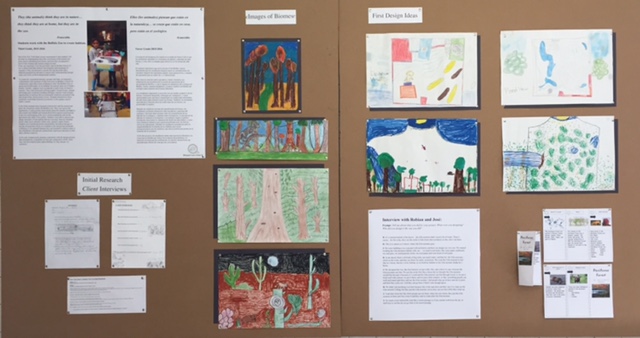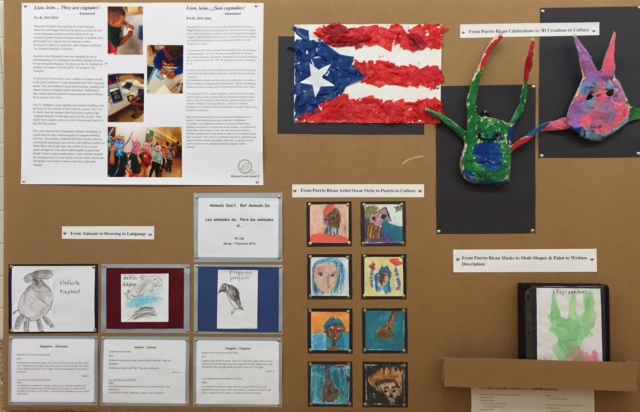A Hard Rain’s Gonna Fall…and my emotions will overwhelm me…and I will fail…then, survive…even thrive. That was Patti Smith’s description of her experience at the Nobel Prize ceremony, honoring Bob Dylan by singing his great song, A Hard Rain's Gonna Fall, that evokes a cultural dystopia not unlike what we’re experiencing now in the U.S.
Even though she had the song down cold; even though she knew in her heart it was the right song to sing; even though she is a veteran performer (she celebrated her 70th birthday on December 30th); even though everything leading up to the ceremony had gone perfectly; when her moment came, she was overwhelmed by the second verse. She had to stop, apologize, and start over. For her it was beyond embarrassing…she felt the humiliating sting of failure….
Yet, she also felt the strange realization that I had somehow entered and truly lived in the world of the lyrics. As in the opening words: I stumbled alongside twelve misty mountains….; and the ending line to the verse: And I’ll know my song well before I start singing.
Her profound communication through her performance of the song, it’s visceral message and haunting beauty wrapped in her stumbling, was deeply appreciated by all. She writes that the next morning, in the breakfast room she was greeted by many of the Nobel scientists. They showed appreciation for my very public struggle. They told me I did a good job. I wish I had done better, I said. No, no, they replied, none of us wish that. For us, your performance seemed a metaphor for our own struggles.
Aye, a metaphor for us ALL. In the world of our classrooms, in the world of our families, our communities, our country, our world, a hard rain’s gonna fall…it always has and it always will. ’Tis the human condition that Dylan describes so poignantly and that Patti Smith performed so unintentionally perfectly in her “failure”. AND, ’tis the human possibility that from or after that hard rain we can learn, make meaning, gain perspective, persevere, make things right, discover, create, love one another. Love you, Patti Smith. And a deep bow of gratitude for your public reflection.
May will all learn from you, and pay it forward to our children.
*children's work in this post is from Buckingham Browne & Nichols

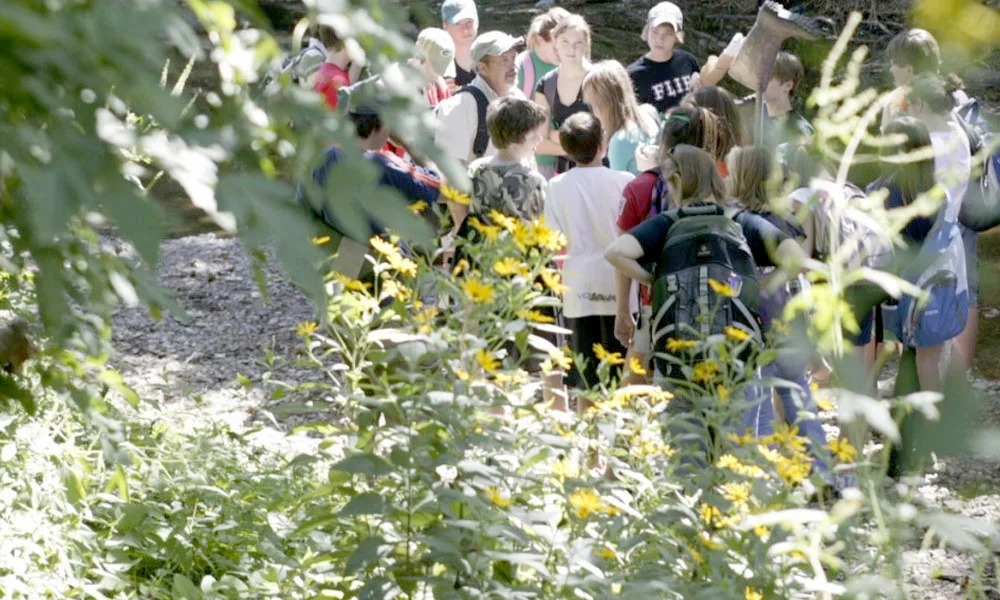


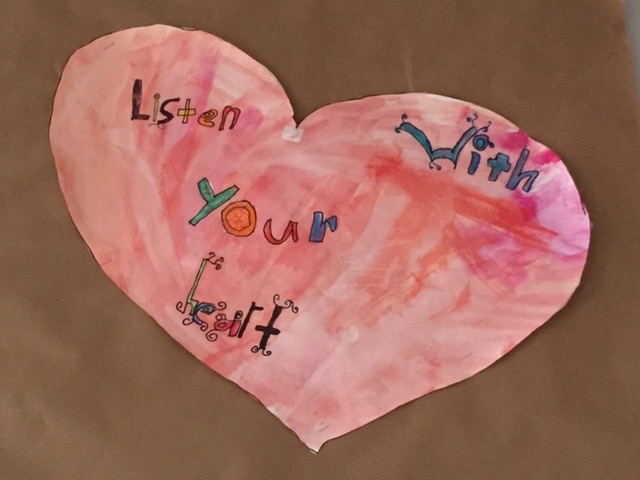




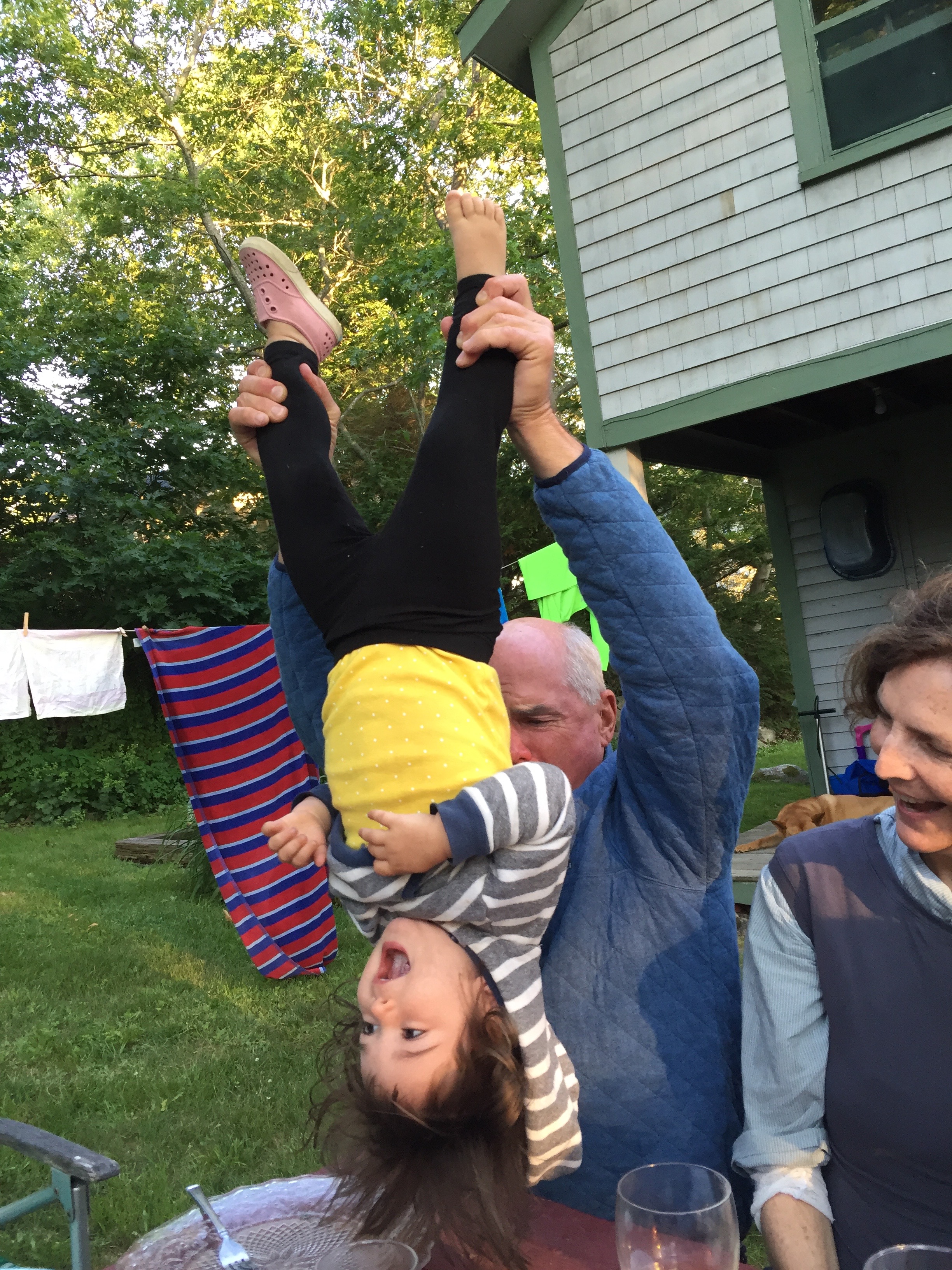

 Our experience last week with
Our experience last week with 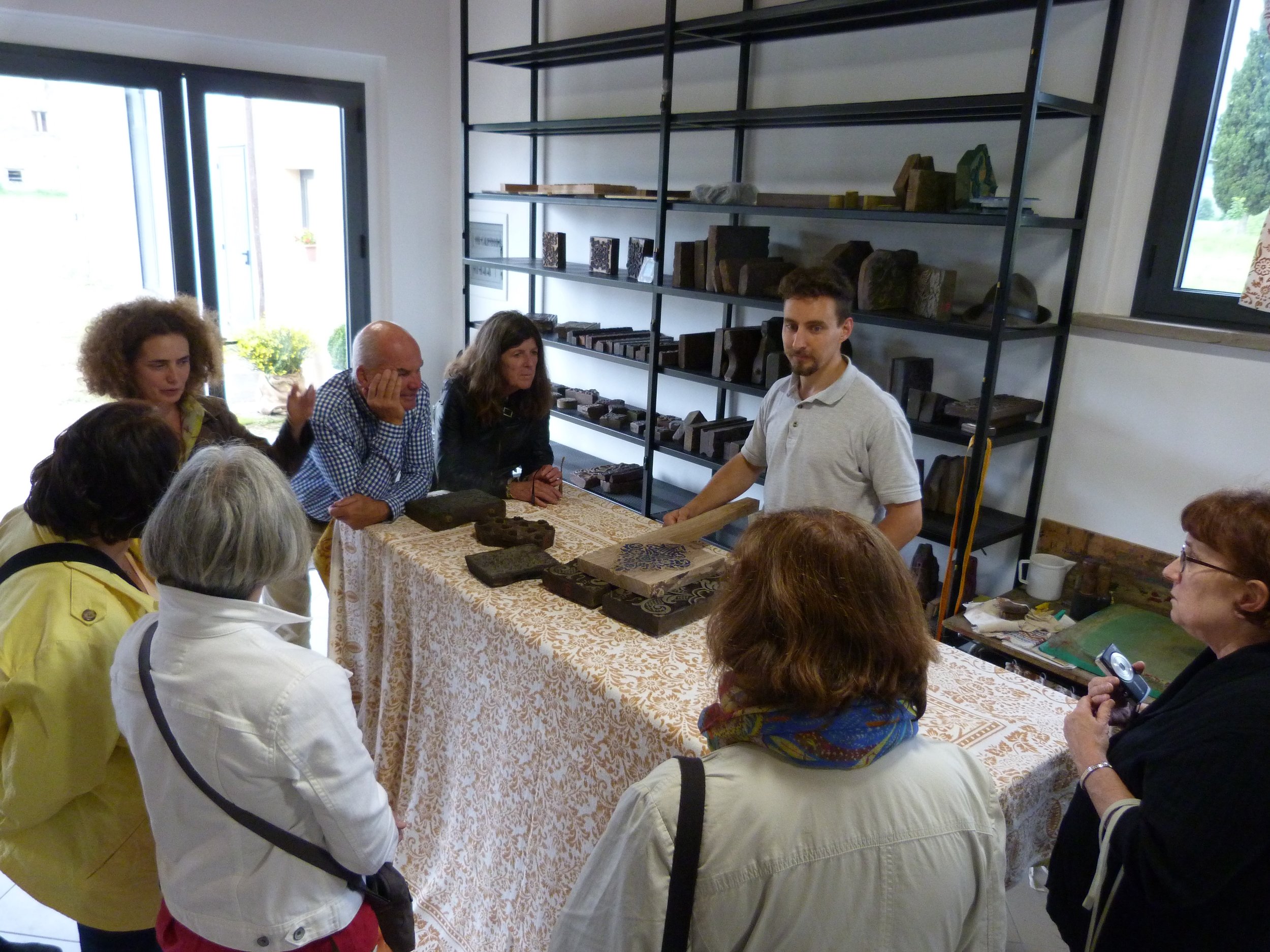
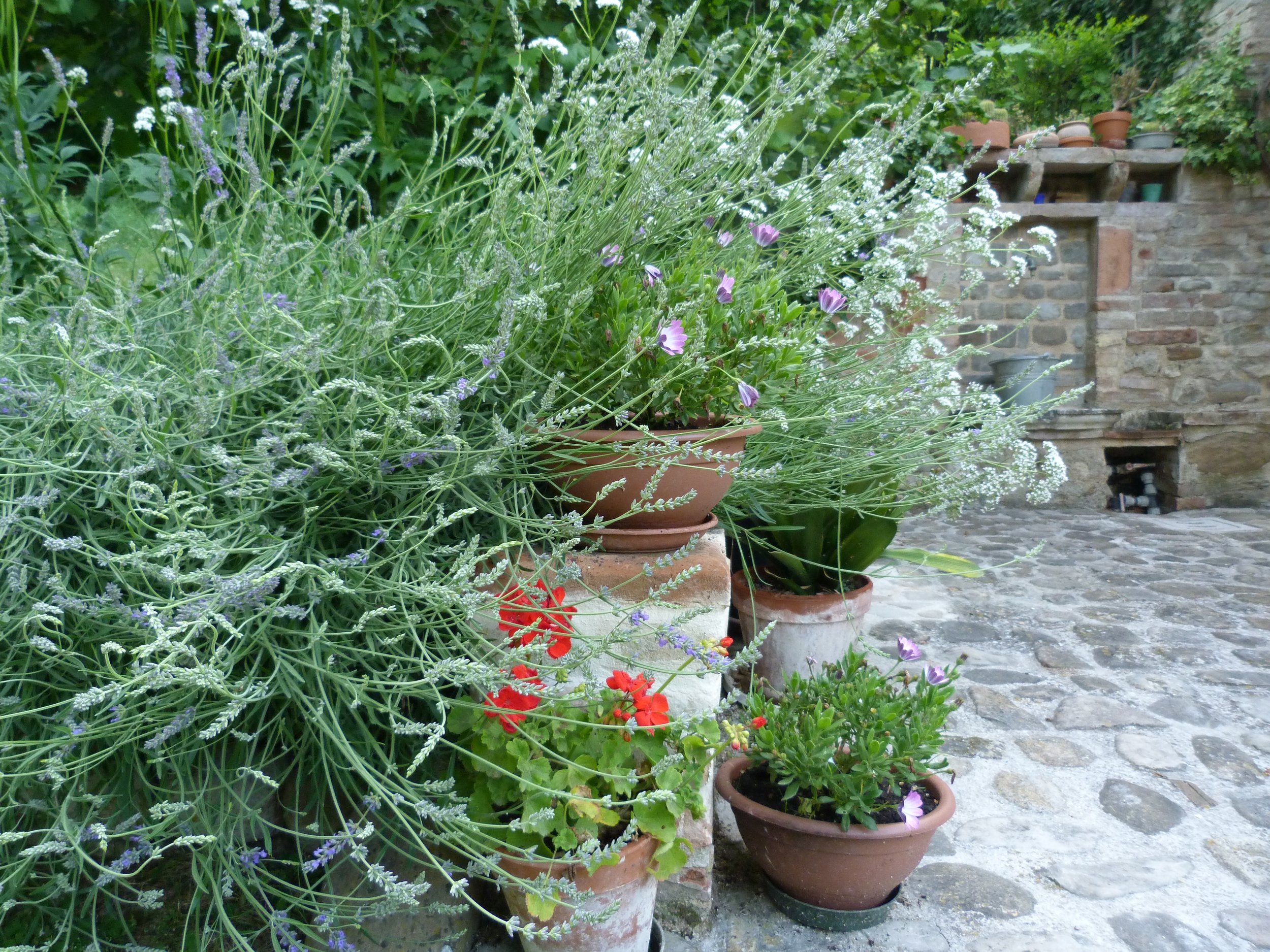
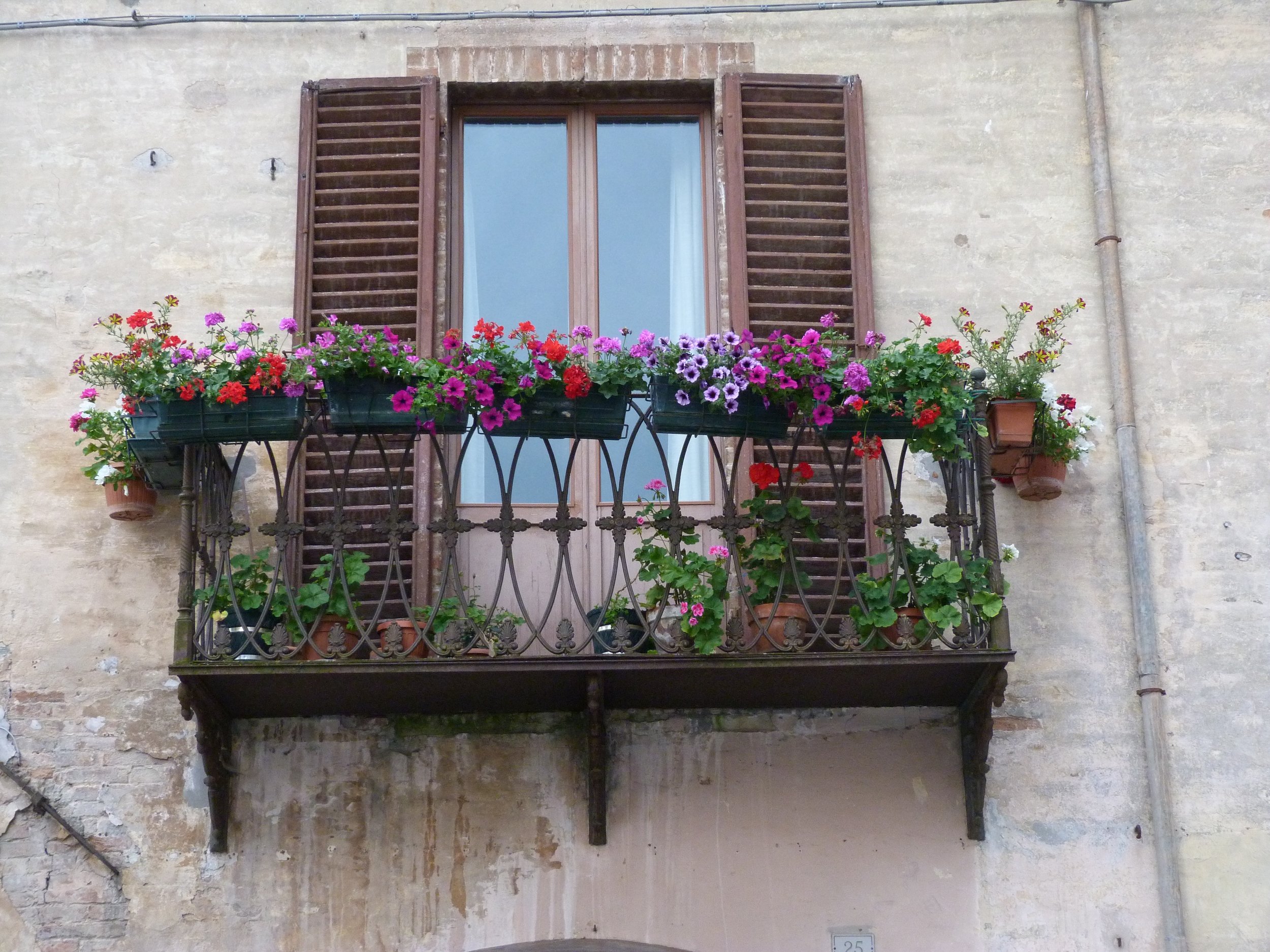

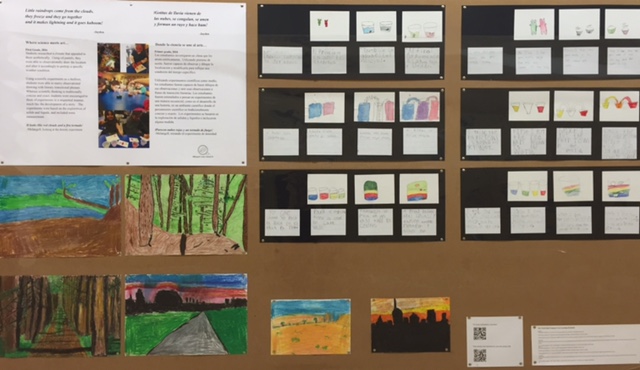 We have been working with
We have been working with 